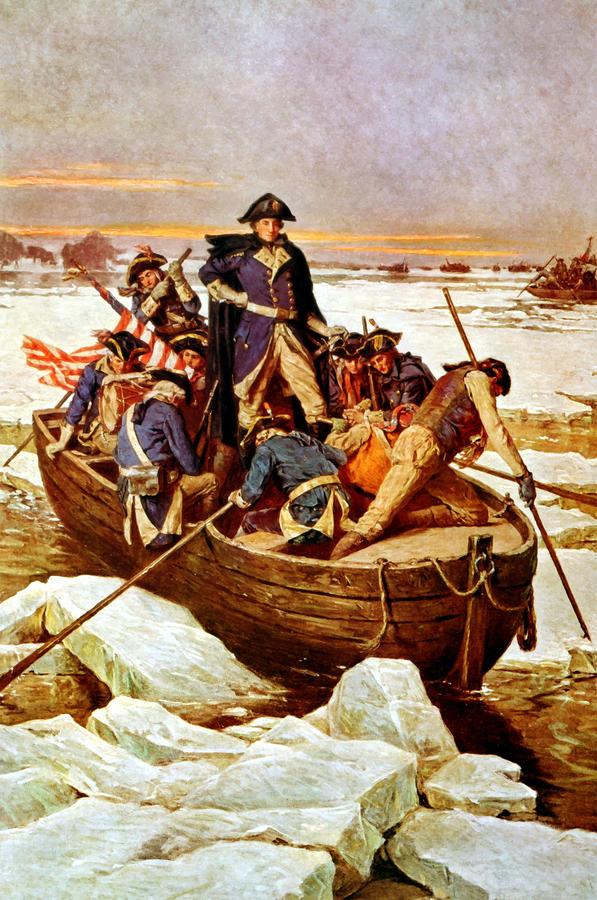

On December 19, 1777, commander of the Continental Army
George Washington, the future first president of the United
States, lead his beleaguered troops into winter quarters at
Valley Forge, Pennsylvania.
Things could hardly have looked bleaker for Washington
and the Continental Army as 1777 came to a close.
The British had successfully occupied Philadelphia, leading
some members of Congress to question Washington’s
leadership abilities.
No one knew better than Washington that the army was on
the brink of collapse—in fact, he had defied Congress’
demand that he launch a mid-winter attack against the
British at Philadelphia and instead fell back to Valley
Forge to rest and refit his troops.










